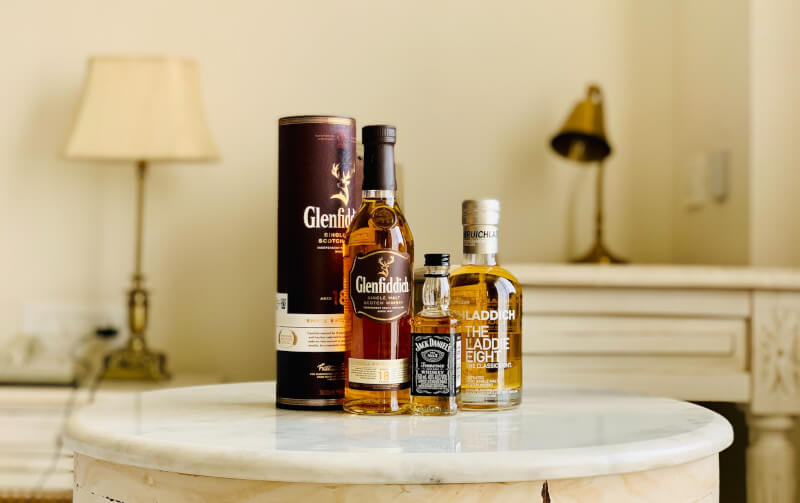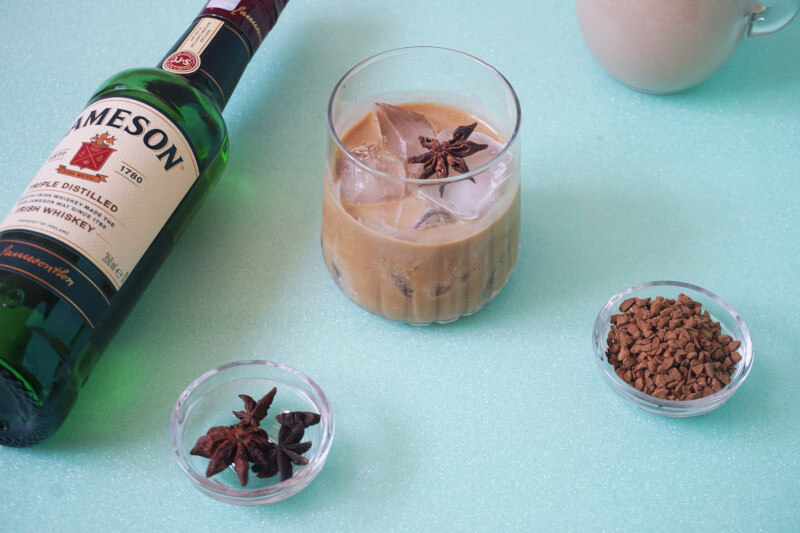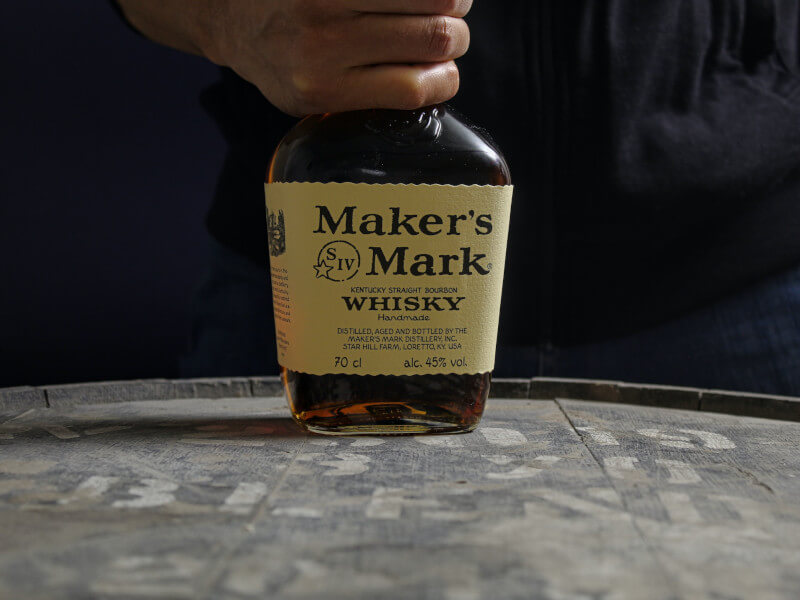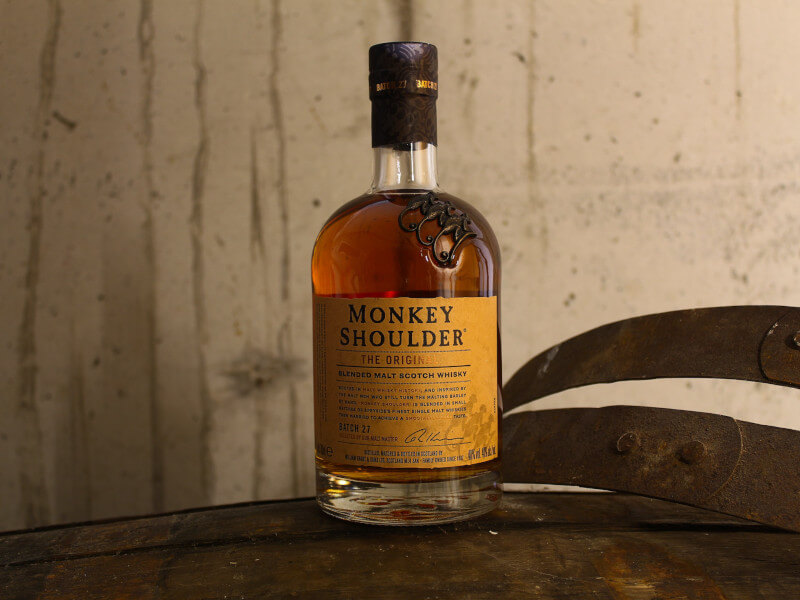Standing at the liquor store, contemplating endless shelves of bottles, can be overwhelming for a newcomer. Don’t panic our guide is here to be your roadmap for making an informed decision, ensuring that your introduction to whisky is nothing short of exciting.
Understanding Your Palate
Before plunging into brands and bottles, it’s essential to grasp your flavor preferences. Are you a fan of sweet desserts, or do you lean toward savory dishes? Your everyday choices can provide clues about the kind of whisky profiles you might enjoy.
1. Sweet Lovers: If you’re into caramel, honey, or vanilla-based treats, aim for whiskies with a sweeter profile. Bourbons, often crafted from corn, can offer this sensation.
2. Spice Enthusiasts: Those who enjoy the kick of spices might appreciate whiskies with a hint of cinnamon, nutmeg, or black pepper. Rye whiskies, especially from the US, might be up your alley.
3. Fruity Folks: For lovers of fruits like apples, pears, or berries, Scottish Speyside whiskies might become your favorite.
Deciphering the Label
A whisky’s label is a treasure trove of information. Here’s what to look out for:
- Age Statement: Indicates how long the whisky has matured. A number on the label, says “12,” which means the youngest whisky in the bottle is 12 years old. However, age isn’t always a direct sign of quality.
- Region: Especially relevant for Scotch whiskies which can be from regions like Islay, Highlands, or Lowlands, each imparting distinct flavors.
- ABV (Alcohol By Volume): Higher ABV often means a stronger, more intense flavor. Newcomers might want to start with something lower, around 40%, and then venture upwards.
- Grains Used: This indicates the main ingredients, which can be corn, barley, rye, or wheat, among others. Each grain can influence the taste significantly.
Budget-Friendly Doesn’t Mean Compromise
There’s a misconception that a higher price tag guarantees a better experience. While there’s no denying that some exquisite whiskies have hefty price tags, several affordable bottles are fantastic for starters. Irish whiskies or blends can offer incredible value and are typically gentle on the palate, perfect for those just beginning their whisky adventure.
Sampling Before Buying
If you’re still unsure about your choice, sampling is an excellent way to find your fit. Many liquor stores offer tasting sessions. Another smart move is to visit a local whisky bar. Describe your flavor preferences to the bartender, and they can usually suggest a dram that aligns with your tastes.
Recommendations from the Pros
While each palate is unique, some whiskies have garnered universal acclaim for their approachability and are often recommended for beginners:
Glenfiddich 12 Years Old

Glenfiddich 12 Years Old, which comes from Scotland’s illustrious Speyside region, is a popular choice for those who want to ease into Scotch whisky. But what sets it apart from the rest? Its flavor is balanced because it is aged in both Oloroso sherry and bourbon casks. Strong hints of fruit, especially pear, and a nice, malty finish will greet your taste buds. The oakiness imparted by the aging process balances the wine’s sweetness and prevents it from being too much for inexperienced tastebuds to handle. The fact that Glenfiddich is one of the world’s best-selling single malt Scotch whisky attests to the brand’s widespread popularity and its function as an introduction to Scotch for many people.
Buffalo Trace Bourbon
Moving on to the center of the United States, Buffalo Trace Bourbon is a prime example of traditional Kentucky bourbon. The distillery there is the oldest one in the United States that has been running non-stop the whole time. The maize in the mash bill makes the drink taste naturally sweet. When you take a sip, you’ll taste the caramel’s warm sweetness first, followed by notes of vanilla and mint. The aging process in new charred oak barrels gives this bourbon a rich flavor without making it difficult to drink. It’s a natural sweetness and lack of harsh bite make it the go-to bourbon for many novice drinkers.
Scotch Whisky Jameson

Jameson, a behemoth in the world of Irish whisky, was founded in 1780. The triple distillation gives it a distinct edge over similar products, resulting in a refined spirit. Why is this so important right off the bat? The alcohol flavor is mellowed by the triple distillation process so that other flavors can take center stage. Jameson is a smooth introduction to a variety of flavors, including nutty tones, flowery undertones, and warm hints of vanilla and spice. Jameson is a great whisky to try if you’ve never tried Irish before because of its silky smoothness and absence of smokiness.
Twelve-year-old Balvenie DoubleWood
This Scotch is aged in two different types of wood and comes from the Speyside region of Scotland. It is first matured in American oak barrels and then moved to European oak sherry barrels for additional aging. This technique gives it a wonderful harmony of sugary fruitiness and subtle oakiness. The complexity and nuance can be appealing to a novice.
Maker’s Mark

Maker’s Mark is a common reference when discussing Kentucky and its famous bourbon. This bourbon, known for its soft and subtle taste, features a delicious blend of caramel, vanilla, and nutty undertones. Because it’s made using red winter wheat rather than rye, its flavor is milder and more palatable.
Ardbeg, 10 Year Old
Ardbeg, a whisky from the Islay region, is a good option if you’re feeling a little risky and want to explore the smokier side of whiskies. Surprisingly delicious with flavors of lemon and vanilla, despite its smokiness. This whisky is a great way to ease into the world of smoky whiskies.
Monkey Shoulder

Monkey Shoulder is an intriguing mix of three different Scotch single malts. It can be enjoyed neat, on the rocks, or in a cocktail, making it a very flexible whisky. Its smoothness is praised, and critics remark on the wine’s orange-zest, vanilla, and spice flavors.
Wild Turkey 101
Returning to familiar American soil, this bourbon has a greater proof than usual, but don’t let that put you off. Layers of caramel, vanilla, and a touch of spice lie beneath its bold personality. Its smooth taste and aroma make it a great way to ease into more robust whiskies.
Consider the Occasion
Are you buying for a special occasion, a casual sip, or perhaps a gift? If it’s for a landmark event, you might want to splurge a little. For daily enjoyment, countless whiskies won’t break the bank but still offer a delightful experience.
Choosing your first whisky is the beginning of an exhilarating experience filled with discovery. Trust your palate, don’t shy away from asking questions, and remember, the best whisky is not necessarily the most expensive or the oldest but the one you enjoy the most. Welcome to the magnificent world of whisky!
